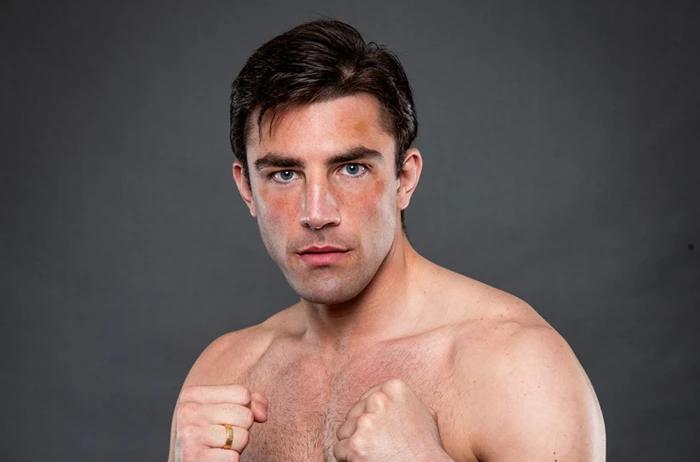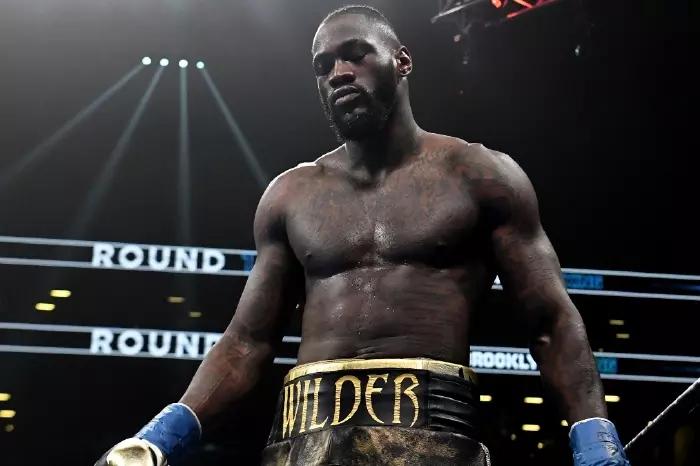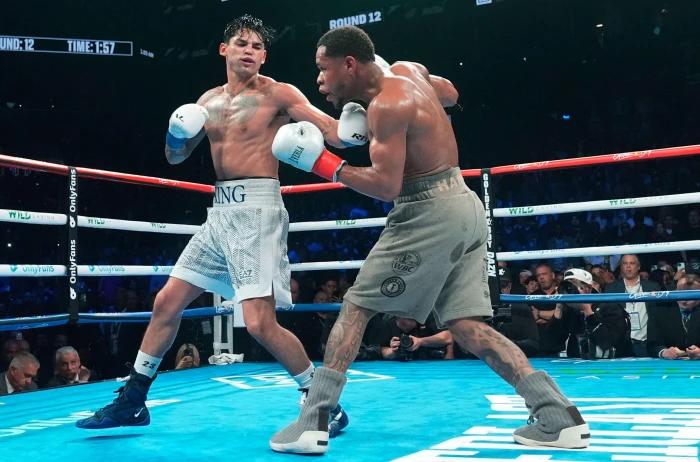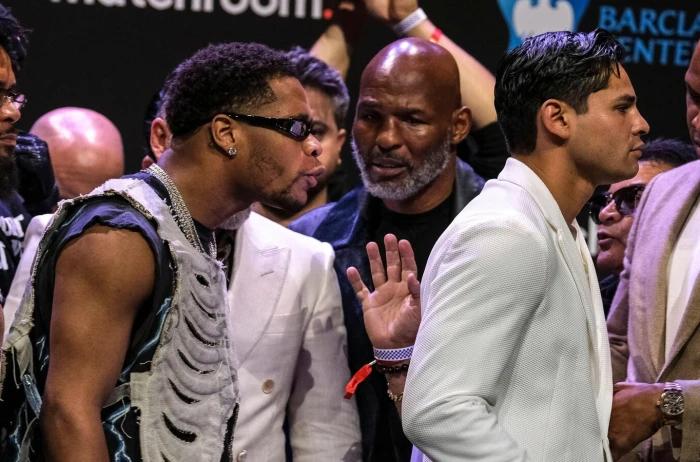The history of black boxing: How Len Johnson and Jack Johnson broke down barriers
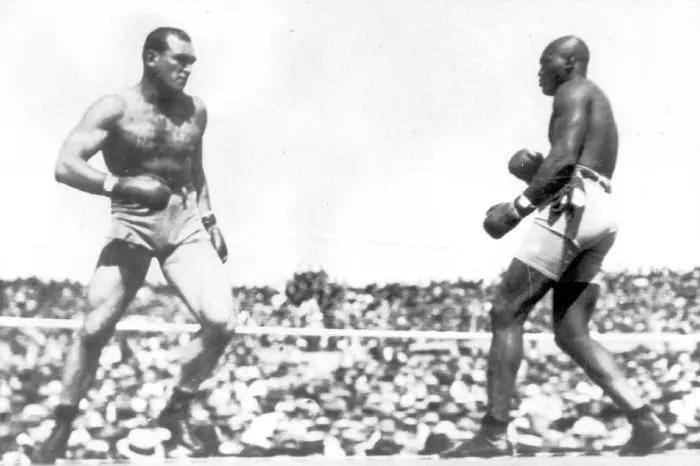
From Lee Johnson and Dick Turpin breaking barriers to Jack Johnson becoming the first black heavyweight champion, in part one Planet Sport celebrates the history of black boxing.
They all won the famous Lonsdale belt - otherwise known as the British title. However, it could have been so different for the quartet had they fought in the early 20th Century.
Len Johnson, who won 92 fights from 127 bouts, was never given the chance to challenge for the title because of one reason. His skin colour. The decision would be one which had huge ramifications for Johnson, who fled to Australia to win the Empire title - now known as the Commonwealth title in 1926.
When were fighters of colour allowed to fight for the British title?
Jack Johnson's battle to the top
Jubilation turned into chaos
Johnson - who Muhammad Ali admitted to being his inspiration growing up - was released in 1921 but would die in a tragic car accident 25 years later. He was the inaugural inductee of the Ring's Boxing Hall of Fame in 1954 and got inducted into the International Boxing Hall of Fame in 1993.
Part two of celebrating the history of black boxing will be out next week.



